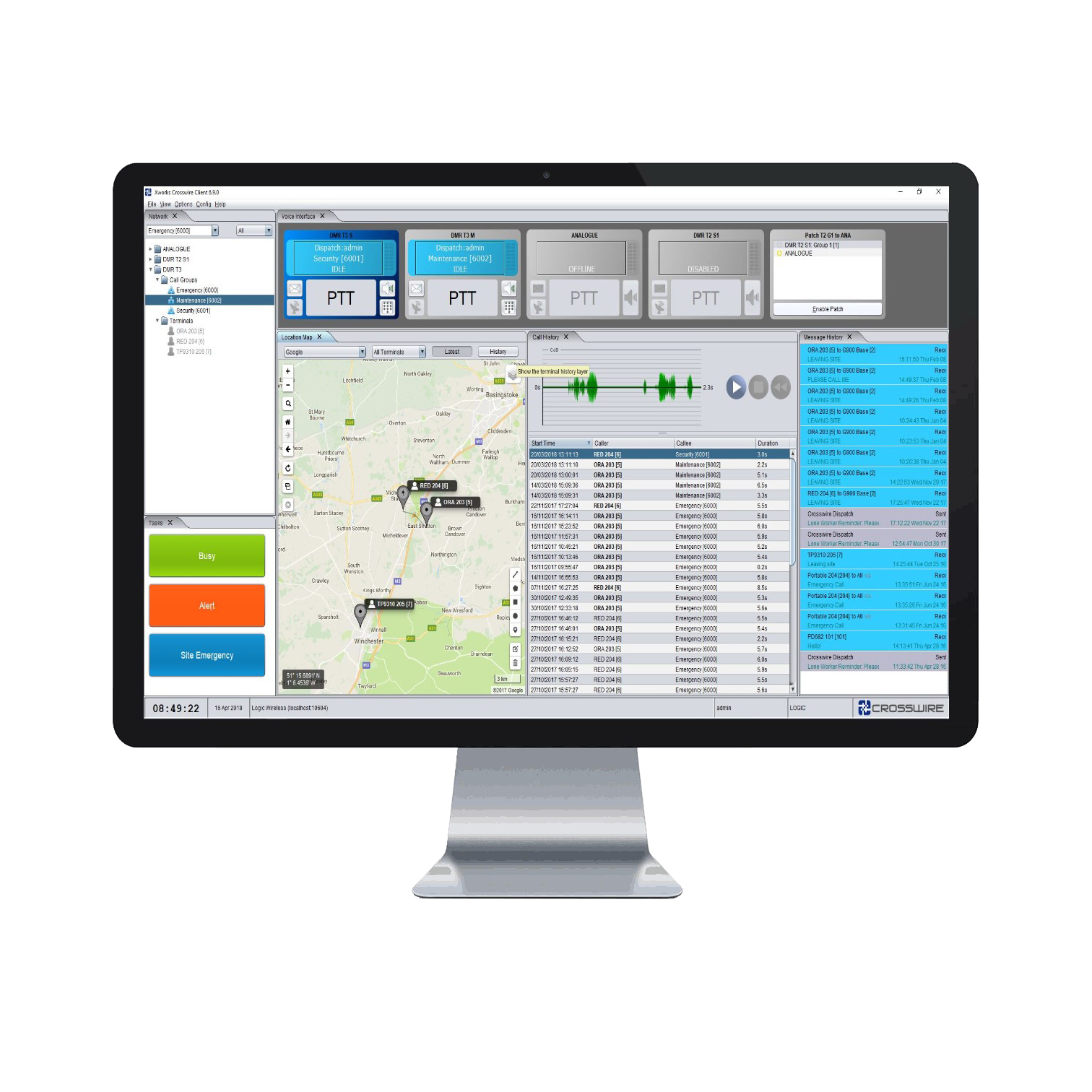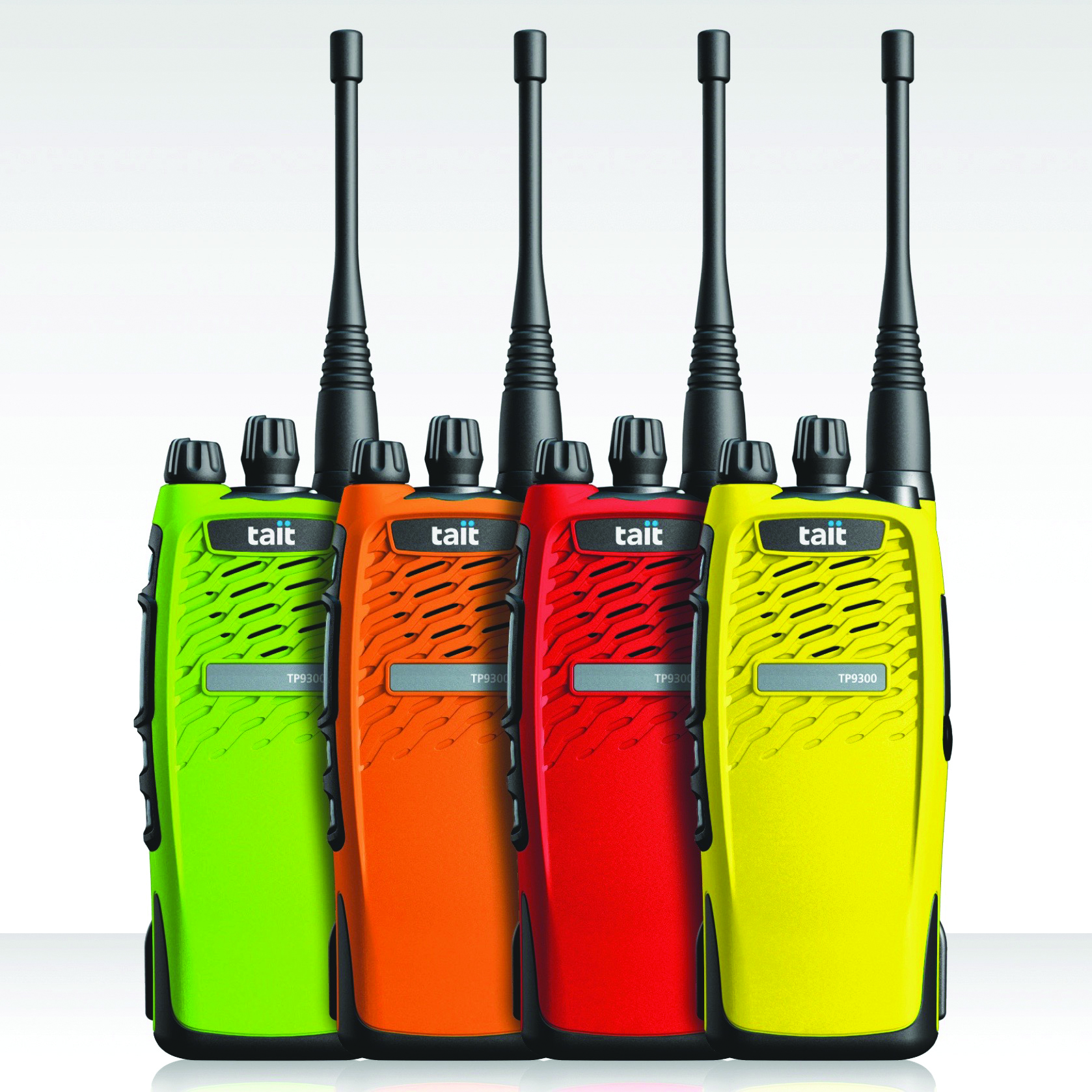Communication System for one of London’s Premier Landmark Estates

CSE Crosscom has designed and installed a bespoke two-way radio system to provide communication throughout London Bridge City, an extensive site which covers half a mile of river frontage along the Thames between London Bridge and Tower Bridge including 21.5 acres of mixed-use space, offices, restaurants, shops and apartments. The system, which uses Tait Communications two-way radio equipment, provides robust essential indoor and outdoor communication for security, cleaning, maintenance and management teams.
As is common in London, obtaining Ofcom licences can be an issue but CSE Crosscom was able to solve this problem and provide a solution using licences and frequencies that are more readily available in the London area.
Harnessing technology to overcome licence availability
UHF two-way radio licences are becoming increasingly difficult to obtain in London due to the high demand, and if not renewed promptly can be revoked and reallocated by Ofcom. Even existing licenses can be restrictive if an organisation needs to expand voice channel capacity but does not have the approval to do so. CSE Crosscom worked with long-standing technology partner Tait to find a scalable, future proof communication solution for London Bridge City.
Whilst there is congestion and a lack of radio licences in the UHF spectrum, radio licences for London have recently become available for commercial users in the Band III spectrum. Tait Communications is the only manufacturer with radios and infrastructure suitable for making use of these comparatively readily available, cost effective licences. Using Tait’s technology CSE Crosscom was able to obtain four Band III licences (each with two channels allocated to them) required to cover the London Bridge City site and will manage the licence renewal to ensure continuity is maintained.
Providing communication efficiently with DMR Tier III
Multiple user groups are required for the London Bridge City two-way radio system including; security, cleaning, facilities management etc.
Although a DMR (Digital Mobile Radio) Tier II system can take advantage of the Band III frequency spectrum, CSE Crosscom chose to recommend Tait’s DMR Tier III system. DMR Tier III allocates radio users dynamically to available channels for optimum use and is a superior solution to analogue or Tier II systems where multiple user groups are required (see inset box).
Tier III systems have been proven to provide better channel availability than a conventional Tier II fixed channel system and are able to take advantage of the spare capacity available on channels with low voice traffic.
“Partnering with Tait Communications to take advantage of Band III frequencies and Tait DMR Tier III technology has enabled us to deliver a streamlined licence solution and one of the most effective communication systems available for the radio users onsite at London Bridge City.”
Richard Blackwell, CSE Crosscom

Why Tier III is a better solution than Tier II for two-way radio systems with multiple user groups
Tier II, which is the most commonly used digital professional radio system, requires one channel per user group (security, maintenance, cleaning etc).
For example, if you have four user groups you would have four channels and users within each group ‘queue’ to use their dedicated channel. If the system has other channels, they cannot make use of them even if they are not being used. Like having four separate queues (user groups) at four supermarket checkouts (channels) but not being able to switch queues.
Tier III (also known as trunked radio) effectively puts everyone in one supermarket queue and takes one checkout operator (channel) to direct people (dynamically allocate them) to the next available checkout (channel).
Using Tier III, you can add additional user groups if required without the need for additional channels licences and infrastructure.
Robust site-wide communication
Total coverage of the London Bridge City site is required to ensure effective communications and to provide for the health and safety of staff. The system CSE Chatterbox has designed provides site-wide communication, even delivering coverage in challenging parts of the site, including underground areas.
CSE Chatterbox’s survey of the site identified optimum locations for siting the repeaters required to provide radio coverage throughout the site and GPS location monitoring in external areas. These are connected via an IP network, which makes working reliably underground, and in other areas where radio frequency (RF) coverage has not been reliable in the past, possible.


Via the IP network and Logic Wireless Crosswire dispatcher software system users can make voice calls to specific groups or individual radio users, monitor and record all communications on the system and monitor the location of radio users externally (internal monitoring can be added if required). The Crosswire dispatch system runs on standard Windows, supports multiple operators and, because it connects to the radio system via IP, can be located anywhere on the site where there is an Ethernet connection or off site if required.
“This is the largest Band III system we have designed and installed to date. The excellent working relations we have with long standing technology partners like Tait and Logic Wireless enable us to constantly push technology boundaries to deliver the optimum solutions for our clients. We are very proud of the work we’ve done at London Bridge City.”
Gary Leatherby, Managing Director CSE Crosscom (UK)
Colour coded radios for easy identification
Different coloured Tait TP9310 radios have been allocated to each user group at London Bridge City – security, cleaning, management etc. – programmed according to that groups’ needs. CSE Crosscom has spare yellow radios which can be quickly swapped in on loan if there is an issue with a radio on any of the working groups.
Working through the Covid-19 shutdown
One unforeseen challenge of the London Bridge City contract was Covid-19. CSE Crosscom received the instruction to install the system in early 2020 and managed to commission it during the shutdown, working within the additional health and safety guidelines required. CSE Crosscom was able to adapt quickly to the situation and ensure the system was installed and commissioned safely and on time for London Bridge City.
Working with CSE Crosscom
The design and installation of the two-way radio system at London Bridge City, which has resolved licensing issues to provide effective communication throughout the site for the people working there, perfectly illustrates what CSE Crosscom does best – understanding a client’s business and working with them to find a solution that meets and goes beyond their original expectations.

